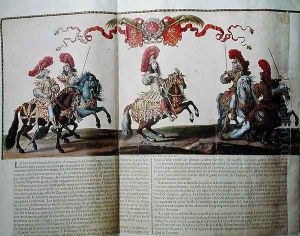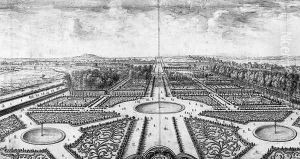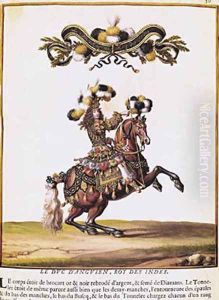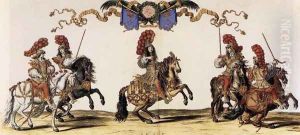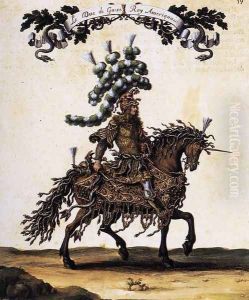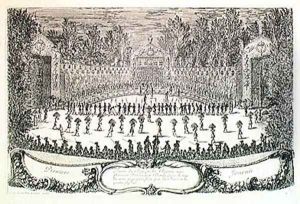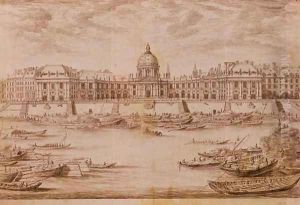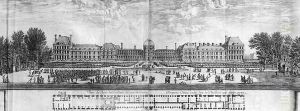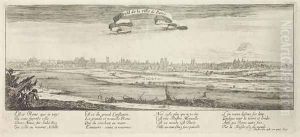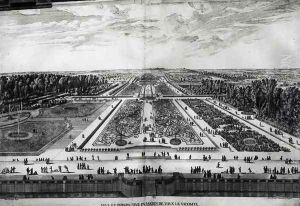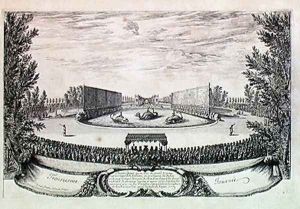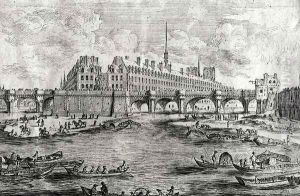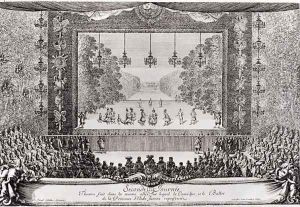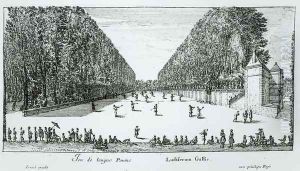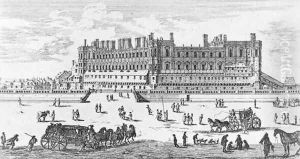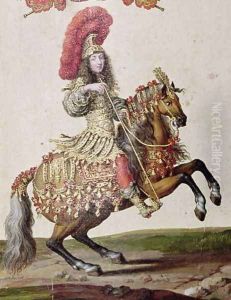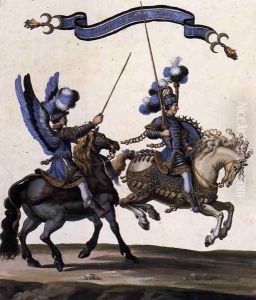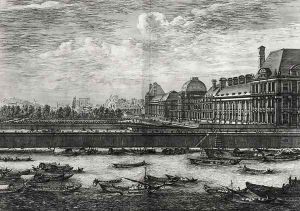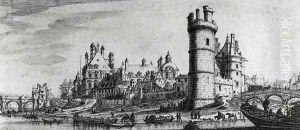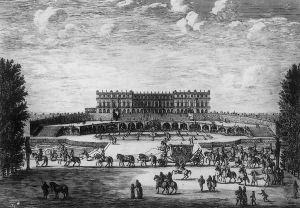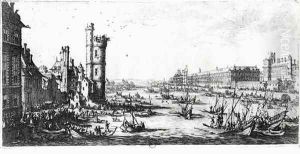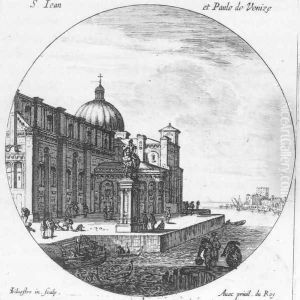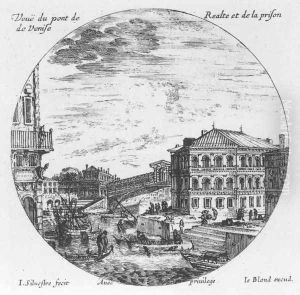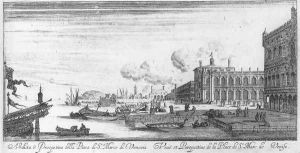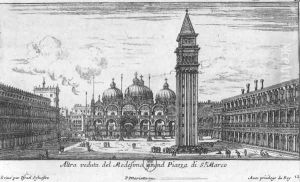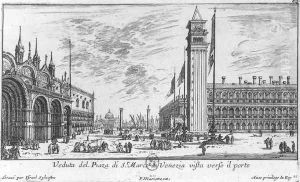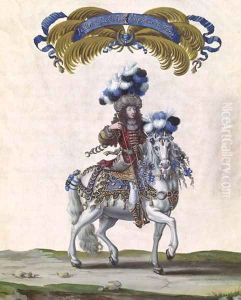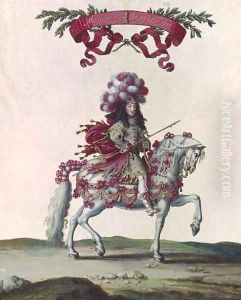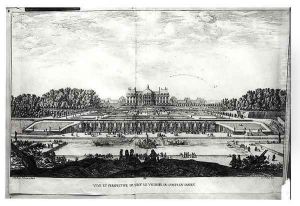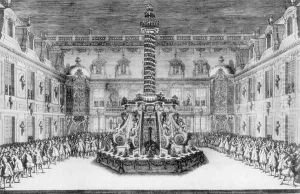Israel Silvestre the Younger Paintings
Israel Silvestre the Younger, born on August 13, 1621, in Nancy, France, was a prolific French draftsman, engraver, and printmaker renowned for his landscape prints and detailed depictions of French architecture, festivities, and ceremonies. He is often referred to as 'the Younger' to distinguish him from his uncle of the same name, who was also an artist.
Silvestre was a member of a prominent family of artists and engravers, and he likely received his initial training from his father, Israel Henriet, who was an engraver and print dealer. Silvestre's talent was evident from a young age, and he was producing accomplished works by his teenage years. His early work was influenced by Jacques Callot, a notable printmaker from Lorraine, and he eventually moved to Paris to continue his career.
In Paris, Silvestre became known for his topographical views and architectural drawings. He traveled extensively throughout France, recording the landscape and the grandeur of the royal châteaux with a meticulous eye. His works from this period include engravings of the towns along the Loire River and the palaces of Fontainebleau and Versailles. Silvestre's detailed prints served as a valuable record of many French landmarks, some of which have since changed significantly or have been lost entirely.
Silvestre's reputation grew, and he was appointed as the official designer and engraver for Louis XIV. His role was to capture the magnificence of the Sun King's reign, and he produced an extensive series of prints depicting the king's campaigns, sieges, and various court ceremonies. One of his most significant contributions was his visual documentation of the construction and decoration of the Palace of Versailles, which remains an important historical resource.
In 1662, Silvestre was admitted to the Royal Academy of Painting and Sculpture, and in 1673, he was appointed as the drawing master to the Dauphin, Louis, Le Grand Dauphin, who was the eldest son of Louis XIV. Through these positions, Silvestre's influence on the arts in France at the time was considerable, and he taught and inspired a number of younger artists.
Silvestre continued to work until his death in Paris on October 11, 1691. He left behind an extensive oeuvre that not only provides insight into the art and architecture of his time but also offers a visual chronicle of the grandeur of the French Baroque period. His work remains of interest to art historians, collectors, and those who study the history of French architecture and landscape design.
